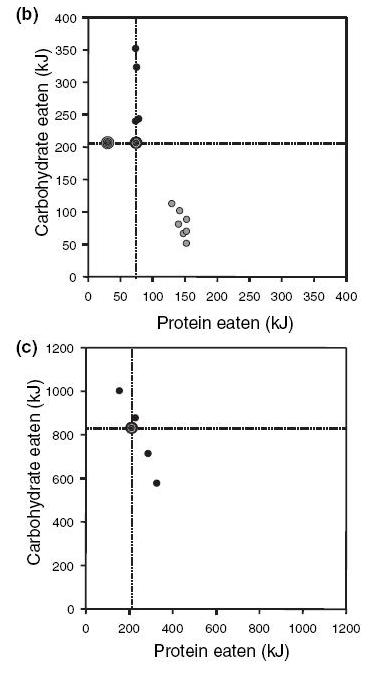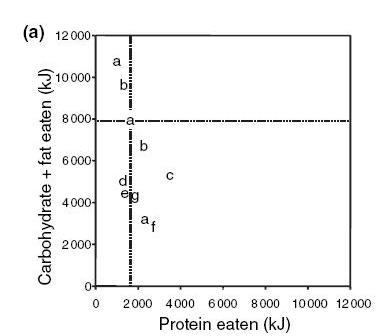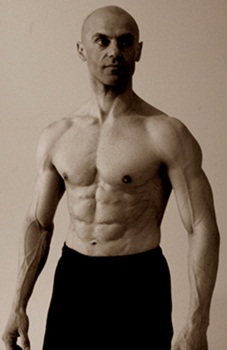Dr. Michael Mosley of the BBC reports, Alien Hand Syndrome sees woman attacked by her own hand:
55-year-old Karen Byrne in New Jersey … suffers from Alien Hand Syndrome.
Her left hand, and occasionally her left leg, behaves as if it were under the control of an alien intelligence.
I thought that condition must be very rare, but then I saw that it also afflicts Russian dancers (Inga Savitskaya, Moscow 2004):














Recent Comments